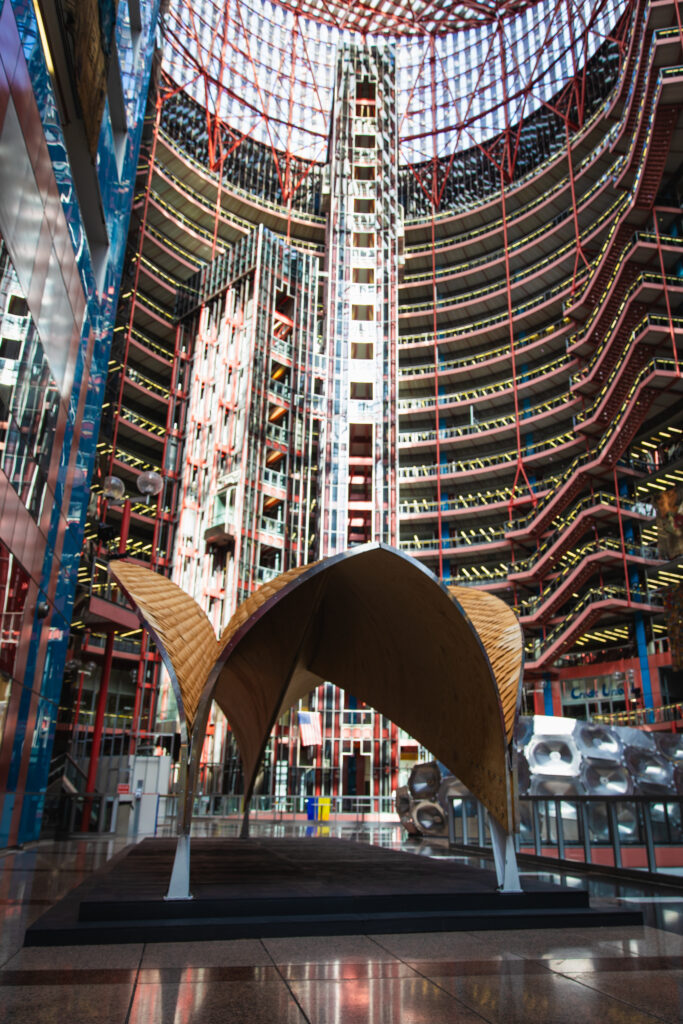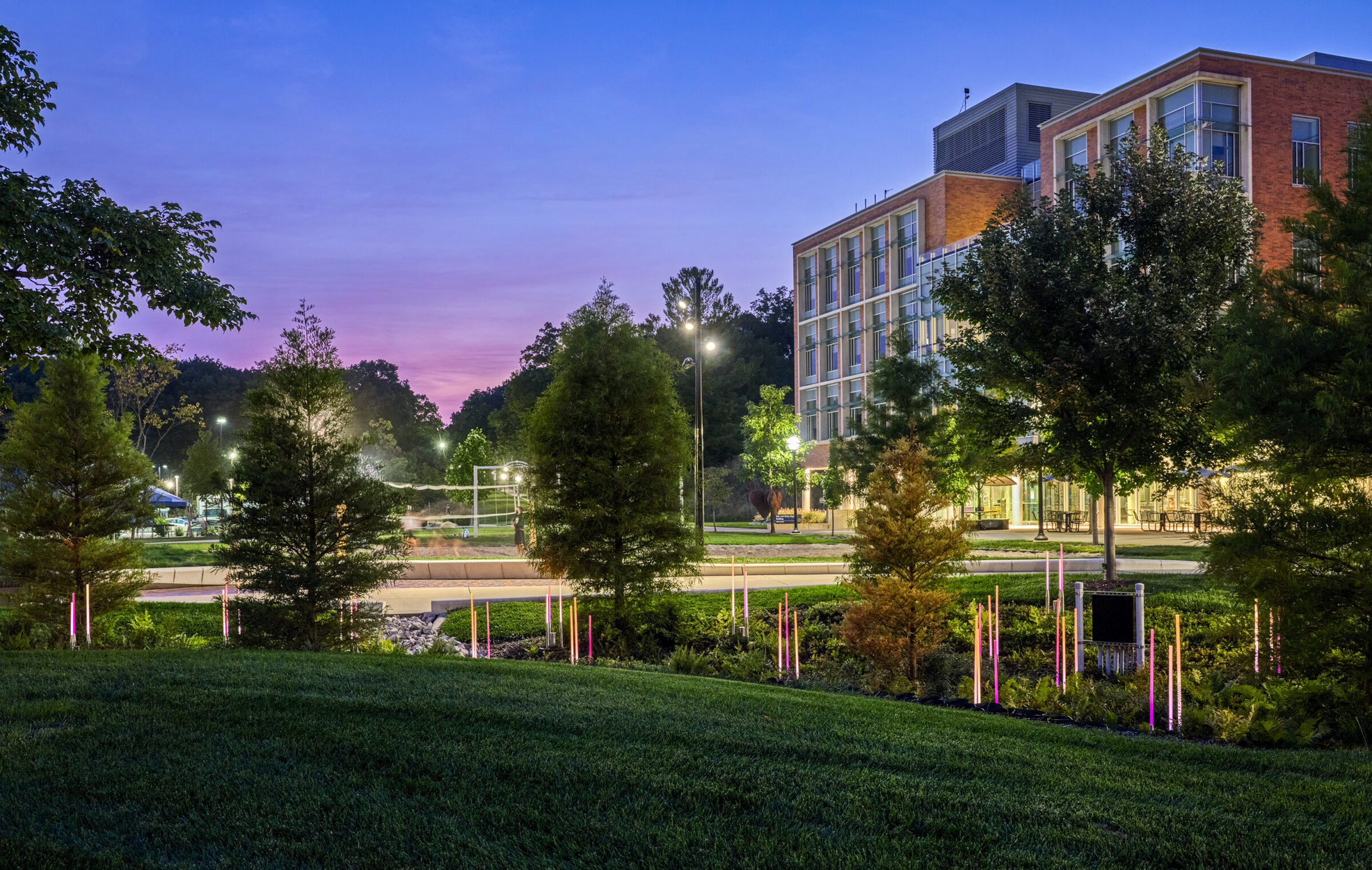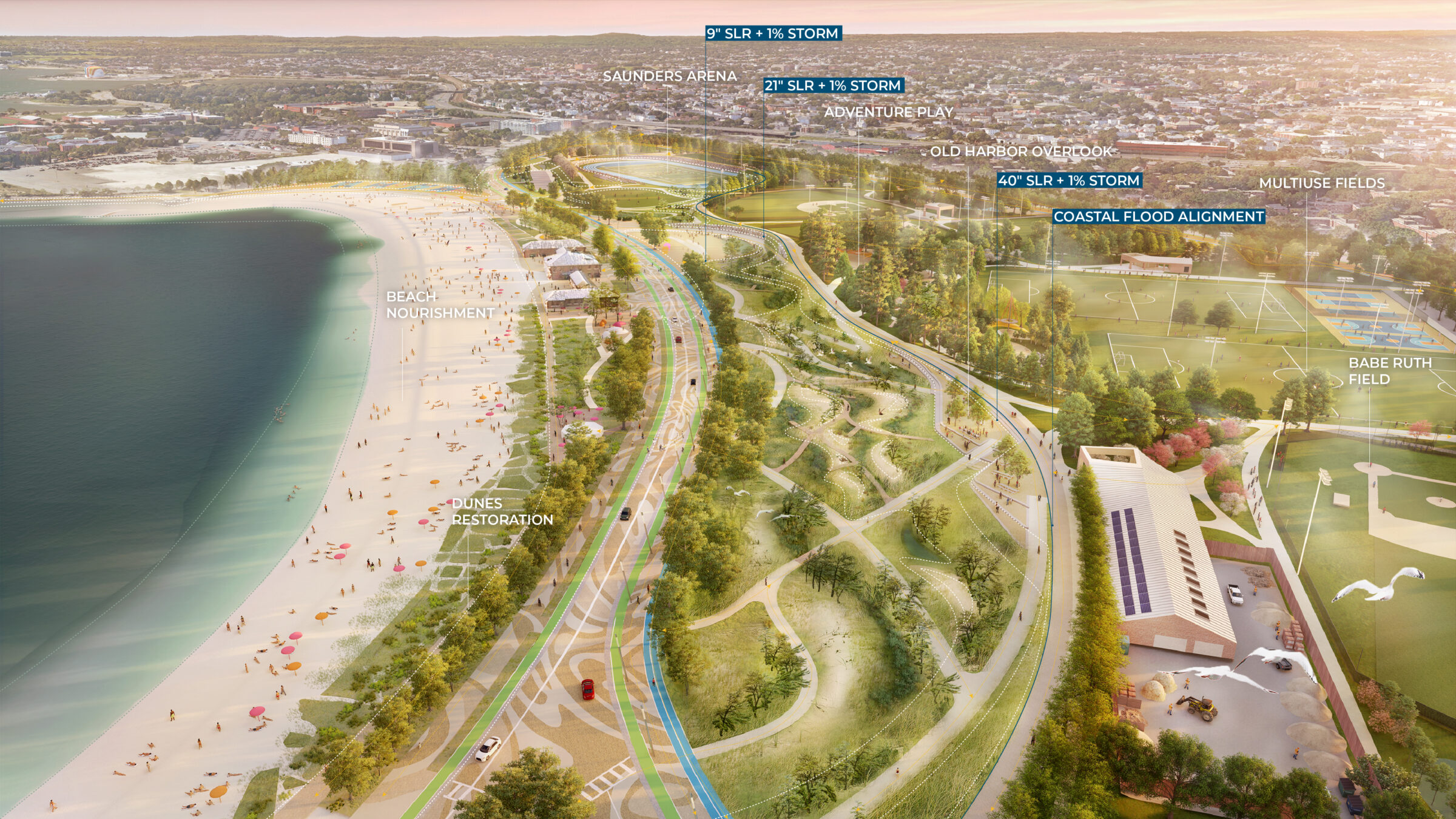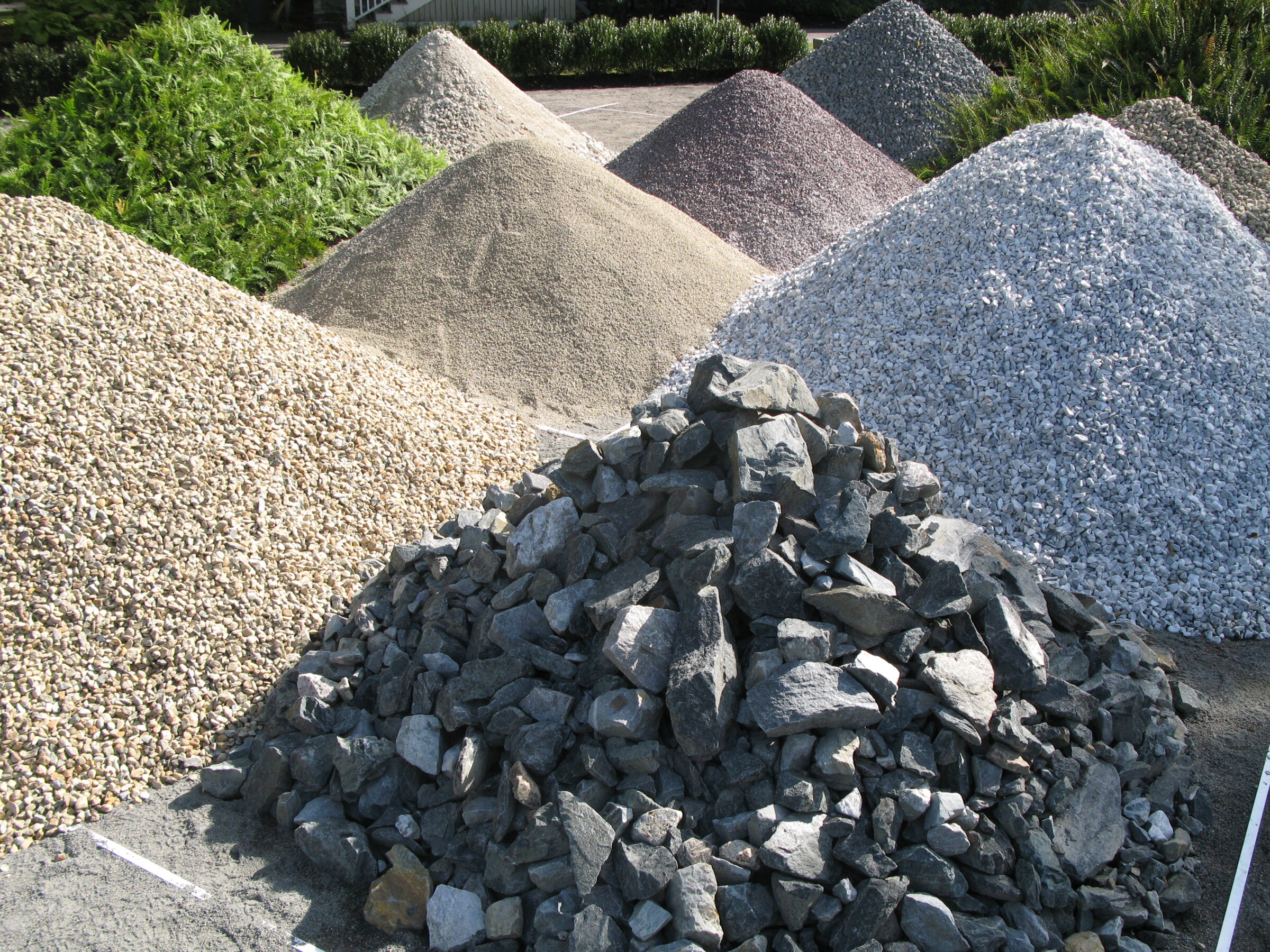Stoss Landscape Urbanism
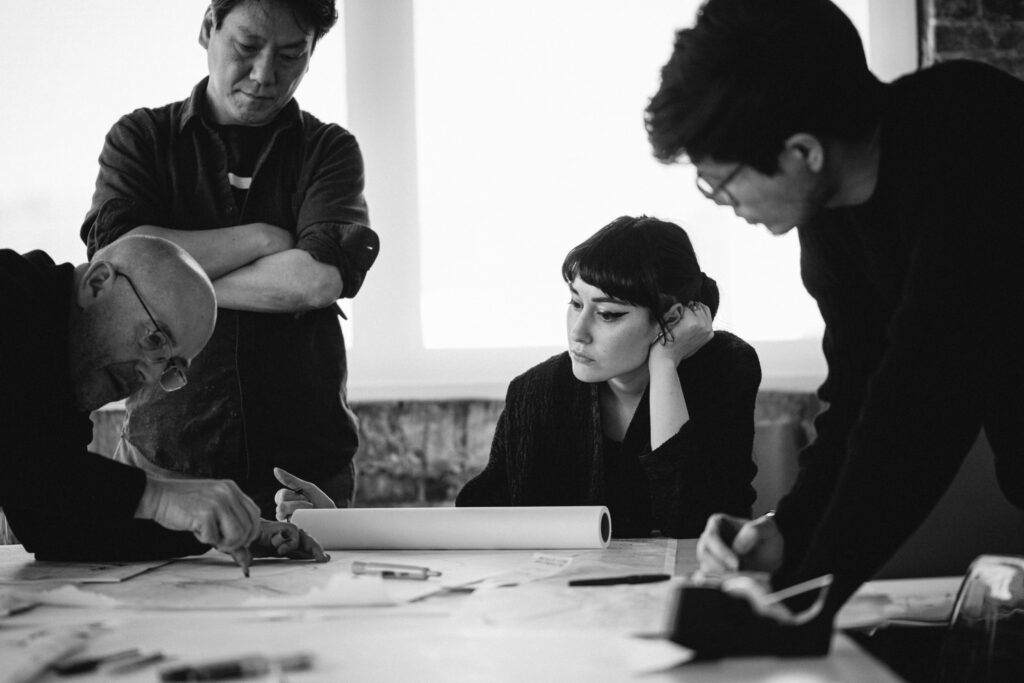
Boston, United States
WebsiteSTOSS is an innovative design practice driven by a mission to make positive change in cities, across the planet, and in people’s daily lives with landscape as the tool. STOSS designs landscapes and social spaces that foster resiliency, vitality, social equity, and environmental health. Since its founding in 2001, the studio has worked on complicated sites from flooding waterfronts and neglected brownfields to underserved neighborhoods and sites of cultural significance – museums, institutions, campuses, and design exhibitions and festivals. Whether designing a complex coastal resiliency plan, public park, or temporary installation, the studio grounds design in research, and seeks to transform people’s experiences with new applications for technologies, infrastructure and ecology. Through deep research and robust public engagement about the historical context and culture of each site, STOSS creates public spaces that resonate uniquely with their public and their place, encouraging new use and attentive care. As a practice, STOSS asks questions about who and what design is for: imagining new possibilities, creating value, and providing beauty in everyday moments. The firm’s efforts have garnered numerous awards from both peers and the public including the Cooper-Hewitt National Design Award, the Topos International Landscape Award, and two Progressive Architecture Awards.
CAB 5 Contribution
Project Overview
TREE CYCLES: Re-inaugurating Dynamics of Growth and Decay in the Woodland City
TREE CYCLES investigates the roles of trees in Chicago through positioning growth, felling, fabrication, decay, and decomposition as a set of active (and normal) urban and ecological processes in a reconceptualized productive cityscape. We ask: How might we engage the public with demonstrations of urban forestry initiatives and dialogues around the environmental and social benefits of nurturing woodland nurseries while giving space to the rejuvenating effects of decay and decomposition? Through a first rehearsal installation along the south edge of Butler Field and a concurrent installation at the Chicago Cultural Center, we hope to initiate a series of performances that could transform vacant lots throughout the city with ritual and ecological care while simultaneously demonstrating the social and environmental benefits of fuller and extended urban forestry cycles.
TREE CYCLES is made up of three primary components, with the Woodland Circle and the ability of the installation to be replicated and distributed throughout other areas of the city. The Woodland Circle is a new growth circular forest installation occupying the south entry lawn of Butler Field, a living counterpoint to the Serra sculpture at the north entry lawn. The TREE CYCLES installation activates an underutilized space beneath the adjacent southern tree allée and brings to life the full cycle of felling, decay, repurposing, and decomposition with rough logs harvested from the city, nurse logs generating new growth and nutrients, and fabricated log seating elements that acknowledge the human dimension and application of raw materials. The Thompson Center installation visualizes the full cycles of growth and decay over time lapse and marries the immediacy and materiality of a living nurse log with databases for tracking and caring for the urban forest at large.
Venue
View moreJames R. Thompson Center
Address
100 W Randolph St., Chicago, IL, 60601
Neighborhood
The Loop
Description
Made possible by The Prime Group, Capri Investment Group, and Google, the James R. Thompson Center serves as a site for exhibitions and site-specific installations as part of CAB 5. Hailed as one of Chicago’s postmodern architectural marvels, the Helmut Jahn-designed building will open to the public through the end of the year.
